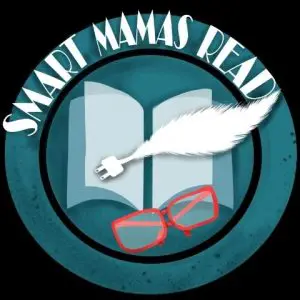It’s hard for me to witness the slide into corruption and immorality that I witness in American culture. I wonder about my grandkids growing up in this ambience. Eventually I...
Category: My Life
Managing the home is an under rated skill. Paralysis and depression sets in when you feel like you’re doing a terrible job and can’t dig yourself out. What causes stress for you? Is...
Are you frustrated by the daily treadmill of too much to do and not enough time? Are you tired of feeling like you’re failing? Are you afraid of sacrificing health or relationships on the altar of...
The question Who am I? will be asked repeatedly through out the developmental years and beyond. Parents, teachers, coaches, pastors and other mentors will help young people answer that...
Challenging Cultural Lies: Mama Bear Apologetics Book Review
Survival is the name of the game in parenting. Keeping a roof over their heads, clothes on their back and food in their bellies is more than a full-time job. It’s three or four. Then you...
There’s nothing like seeing our kids in a desperate situation that triggers anxiety and drives us to our knees in prayer. Worry can be the impetus that jump starts our prayer life. The battle...
